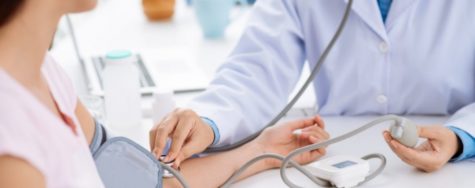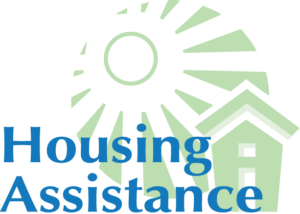 HYANNIS – The next time you visit your primary care physician, you may want to ask the nurse to take your blood pressure in both arms. While small differences in blood pressure between the left and right arm are normal, large differences in your systolic number can signal trouble.
HYANNIS – The next time you visit your primary care physician, you may want to ask the nurse to take your blood pressure in both arms. While small differences in blood pressure between the left and right arm are normal, large differences in your systolic number can signal trouble.
A Massachusetts based study of 3,390 participants, age 40 years and older from the Framingham Heart Study found that people with arm-to-arm differences of 10 points or more were 38 percent more likely to have had a heart attack, stroke or other related problem than those with a difference of less than 10 points. All subjects were free from cardiovascular disease in the beginning of the 13-year study.
Cardiologists like Lawrence McAuliffe, MD, of Cape Cod Healthcare Cardiovascular Center in Hyannis, always check blood pressure in both arms, especially on a patient’s first visit. After that Dr. McAuliffe makes sure to alternate arms each visit. Uneven blood pressure is a marker for vascular disease, which oftentimes also points to coronary disease, he explained.
“If you find someone with unequal blood pressures, the arm in which the blood pressure is lowest suggests that there’s a narrowing in the artery of that arm,” he said. “There’s a blockage and beyond the blockage, the blood pressure drops.”
Warning Signs
The abnormal blood pressure is a warning sign that there is problem in the vascular bed, he said. If it is accompanied by other symptoms, the artery is going to need to be evaluated to see if there is a blockage that needs to be addressed by surgery or a stent.
Symptoms of a blockage in the arms include pain, numbness or tingling while doing repetitive tasks like knitting or writing. Symptoms of a blockage in the legs include pain or discomfort in calves, thighs or hips when walking. These are symptoms of peripheral arterial disease or PAD, and they can lead to serious consequences, such as heart attack or stroke.
“If there is any discomfort occurring in the extremities, you are going to want to investigate further and look for other vascular disease,” he said. “They all travel together. Once you are in the vascular club, your risk for all the consequences increases.”
The way to prevent problems associated with uneven blood pressures is to aggressively manage risk factors that go along with vascular disease, Dr. McAuliffe said.
- Don’t smoke.
- Maintain healthy blood sugar.
- Keep blood pressure under control.
- Keep cholesterol numbers low.
- Pursue a heart healthy lifestyle with a proper diet.
- Limit salt intake.
- Exercise regularly, preferably 150 minutes a week.
The other reason it is important to have your blood pressure checked in both arms is because the arm with the higher blood pressure is always the one you reference, Dr. McAuliffe said.
“You always manage a patient based on the highest blood pressure because if it’s low in one arm it’s artificially low,” he said.
Managing blood pressure is extremely important. High blood pressure is often called “the silent killer” because there are no symptoms, but the ravages it takes on your heart and arteries can be deadly. It is a major cause of heart disease, heart attacks and strokes.






















